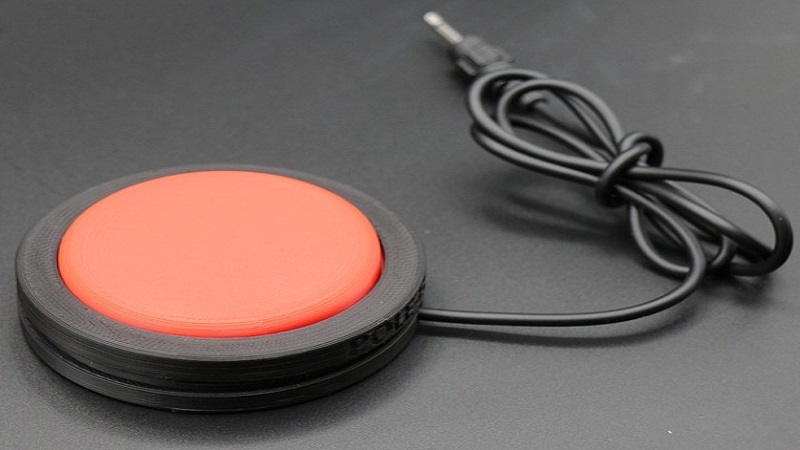
Pole-Ergo, a group of French occupational therapists are working on a new project, an Adaptable Swtich or Contactor, which is a button that assists disabled people to have access over electronics. Through motor gestures without precision, it helps disabled people have way better access over computers, tablets, mobile phones or other devices. Using 3D Printing, Pole Ergo created a 3D Printed Contactor that can be modified according to the user’s motor characteristics, habits or tastes.